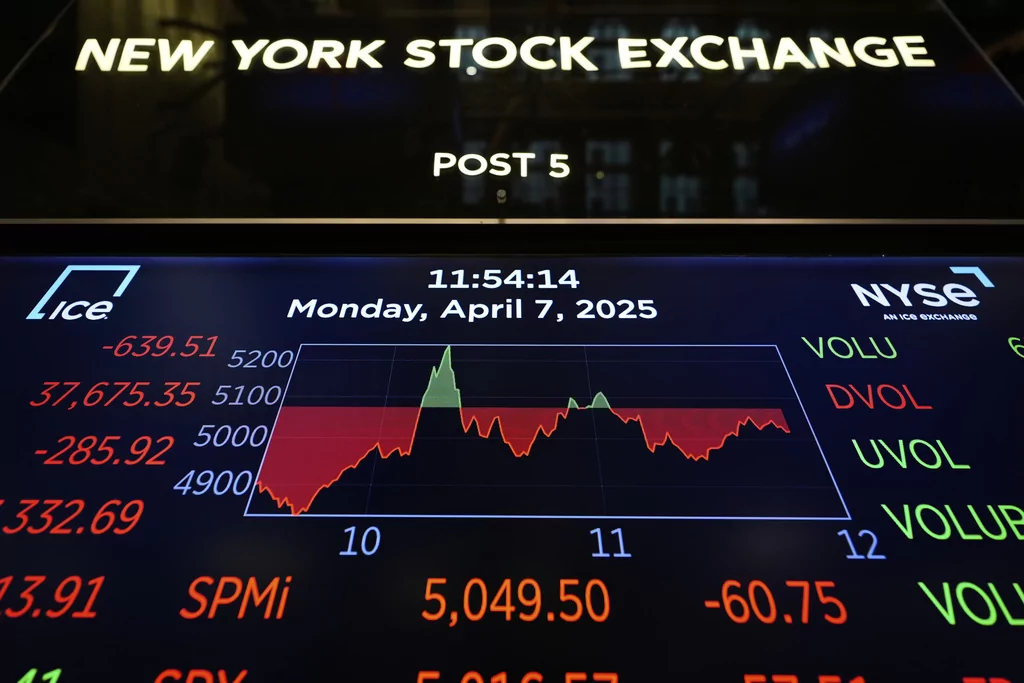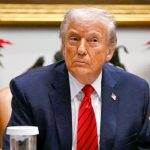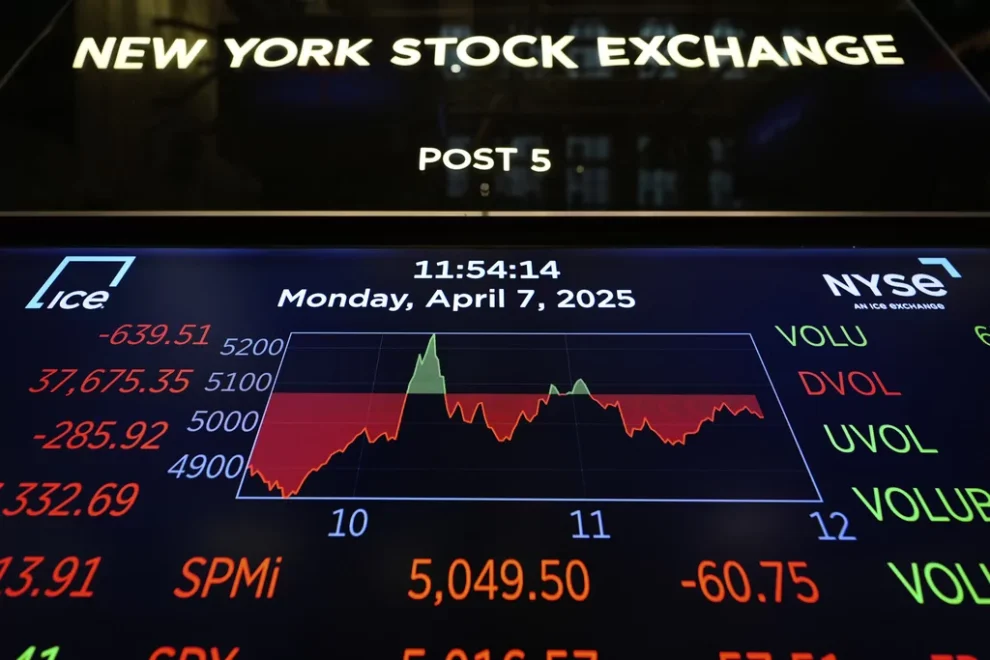The stock market endured one of its most volatile days in recent history on Monday.
Though many predicted a catastrophe, the market closed in a better state than predicted. By the 4 p.m. close, the S&P 500 fell 0.2%, the Dow Jones Industrial Average fell 0.9%, and the NASDAQ Composite rose 0.1%.

The S&P 500 witnessed one of the most dramatic swings, taking place over 15 minutes, from 10:10 a.m. to 10:25 a.m.
At 10:10 a.m., traders caught wind of an erroneous report amplified by CNBC, claiming Trump was considering a 90-day pause on his “Liberation Day” tariffs. Within 10 minutes, the S&P 500 added $3 trillion. The White House Rapid Response X page quickly shot down the report, calling it “wrong” and “fake news.”
Once traders got wind of the denial at 10:20 a.m., the S&P 500 lost $2.5 trillion in five minutes.
The exact pattern was reflected in the NASDAQ and Dow Jones.
The market continued its volatility until close at 4 p.m., though it closed much higher than its low opening.
The slight easing of tensions came as the Trump administration signaled that countries were already coming to the negotiating table. President Donald Trump refused calls to negotiate trade with China and rejected a free trade agreement with Europe, saying it wasn’t enough. White House trade counselor Peter Navarro said the European Union’s plan was a “good start,” and Treasury Secretary Scott Bessent announced he would lead trade negotiations with Japan.
CNBC, SOCIAL MEDIA SPARK STOCK MARKET FRENZY WITH 90-DAY TARIFF ‘FAKE NEWS’
Wall Street’s volatility was helped by what Stephen Miran, chairman of the White House Council of Economic Advisers, described as “conflicting narratives.” He urged trade partners to keep approaching the White House for negotiations.
Though the United States avoided a direct repeat of 1987’s Black Monday, the market will likely remain highly volatile for the rest of the week.
























